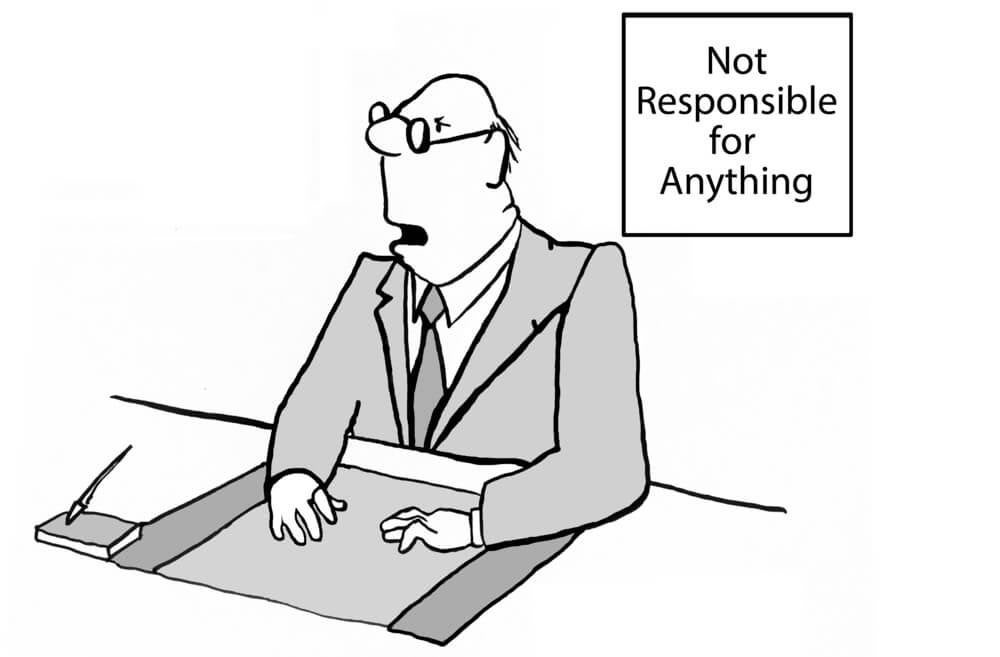Dilbert’s principle refers to a 1990s theory by cartoonist Scott Adams, who explains that companies tend to systematically promote their less qualified employees to managerial positions to limit the harm they can cause because of their mistakes. publications involving real, achievable work.
According to the Dilbert principle, an incompetent programmer would be promoted to give other competent programmers the opportunity to work in peace. The newly promoted manager can spend the day attending minor meetings. Meanwhile, grassroots workers can continue to do the work that produces the real benefit. to the company.
- In a post where there is little contact with reality.
- It is easier to empathize and participate in “shared everyday problems”.
- Also.
- Is it easier to “growl” someone who doesn’t do something or doesn’t do it well enough when they see from a different position.
So, if you’re really good at your job, would you be less likely to move up?In the end, would your ability be a barrier to your career?
Dilbert’s principle originates from another concept: Peter’s principle of incompetence. It goes so far as to say that people who do their job well are promoted to a position for which they are incompetent and in which they snough.
However, Dilbert’s principle holds that incompetent employees are intentionally promoted to prevent them from damaging critical or truly important jobs.
According to its author, promotions would occur because management positions are of little importance in the production of the company. In a Dilbertian company, less competent people occupy positions where they can cause as little harm as possible: the role of managers.
According to Peter’s principle, an incompetent manager was competent in his previous position. Dilbert’s principle says the exact opposite: leaders were the worst in junior positions. If you don’t understand technology and lack common sense, it’s best to put them in a position where their limitations don’t harm the company. These positions are usually management and management.
Dilbert’s principle theoretically provides a solution to the problem posed by Peter’s principle.
Two economists, George Akerlof and Pascal Michaillat, wanted to understand the phenomenon of business promotions, for them many promotions can be explained by homophilia and xenophobia, this is what we call beetle syndrome: during promotions, managers tend to promote similarity and reject heterogeneity. .
This logic would also explain the low representation of women in companies. Beetle syndrome leads filmmakers to promote who looks like them and thus reject the opposite sex.
Many economists see chance as the best reason for good business performance, a weighting for a factor that should come as no surprise.
Unlike the material world, where physical and mathematical laws predict events with a controlled level of error, human behavior is not so easy to program or guess.
Chance at work can make things work very well, factors as important as peer affinity and a person’s adaptation to a new city are hard to predict.
Despite his popular success, Dilbert’s principle has many critics who consider it useless. However, there are also researchers who give it credibility and argue that it is a much more frequent mechanism in business than most people believe.
When Dilbert’s principle first appeared in print media, most human resources experts and business organizations saw it as a simple humorous version of the hierarchical theories of government management.
It wouldn’t make much sense for business leaders to deliberately promote their less qualified employees to positions of significant responsibility. Over time, however, many of these same experts have come to appreciate what basically defended Dilbert’s principle.
In many large companies, it became clear that some managerial positions had strayed too far from the company’s day-to-day operations. In fact, it was possible to promote incompetent employees outside of regular service and in poorly defined management positions to please unmet clients, co-workers or supervisors.
While Dilbert’s principle may have been seen as a satirical blow to human resources practices, it has since become an essential read for many types of business organizations, but to what extent does this logical and surprising proposal really work?
In addition, this is based on a very strong premise: that higher positions in a company’s organizational structure have less weight than lower positions. Is that really true? It seems that the answer depends on many factors.

